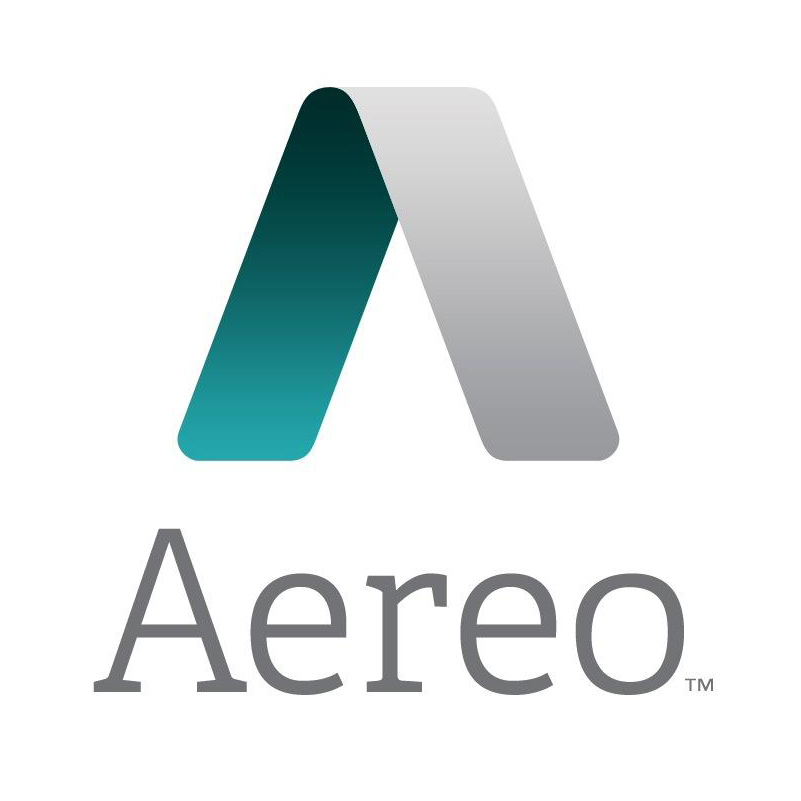Copyright lawsuits don't make it to court; they get settled. It's just too dangerous to put copyright law in the hands of a jury.
Unfortunately for producer Pharrell Williams and performer Robin Thicke, this lesson is being learned the hard way with news that their song, "Blurred Lines" has been found to have infringed upon the Marvin Gaye song "Got To Give It Up." The loss means they owe Gaye's family a whopping $7.3 million as damages for copyright infringement.
It should be noted that the infringement was not found to be "willful", and rapper T.I. (Clifford Harris, Jr.), who also contributed to the song, was not found to be liable.
The jury was instructed to compare only the sheet music versions of the two songs in making their decision, so much of the case centered on the testimony of musicologists who dissected passages as short as four notes. It turns out that the jurors also heard audio of parts of both songs, thereby increasing the chance that their judgment would be blurred.
Are four notes sufficient to constitute a claim of infringement? Obviously Williams and Thicke disagreed. And because settlements are costly, they can feel like extortion. To avoid that, Williams and Thicke actually brought suit against the Gaye family at the start, seeking to have any potential claim tossed out well before the case even went to court. That resulted in a counter suit, with Williams and Thicke ultimately deciding to allow the case to be decided by a jury. Unfortunately, doing so resulted in their characters being put on trial, with Thicke having to admit to being high during the time as well as taking credit from Williams.
While I was not in court, I don't think that there is sufficient evidence of infringement. Were they trying to recreate the vibe of a late-1970s Marvin Gaye tune? Yes. Did they do that by stealing his copyrighted work? No.
Music—all art—is a constantly changing medium where the past and present come together to create the future. Musicians are indebted to everything that they hear, conscious or not, and regardless of whether the dialogue they carry on with their influences is explicit in whatever new work is created. Some of what is created will be good. Some won't. Some of it will be timeless. Some of it will be disposable. But it will all eventually get recycled and remade as artists create and tastes shift. Sometimes work that didn't get sufficient interest when originally released will resurface later to lavish praise. Sometimes work will continue to exert influence beyond its creator's lifetime. There is an inherent beauty in this process, as each musician moves the art form forward, synthesizing what has come before while creating new avenues of examination and expression.
This process should not be hindered in any way; it is already a difficult one that moves in fits and starts. Copyright law should be written in a way that protects creators, encouraging them to explore, ensuring they get paid. It should not however curb that exploration.
This verdict is a sign of the later. That Williams and Thicke lost this case will make it harder for artists to create in the future. Instead of being free to do so (without actual infringement), they will now be forced to look over their shoulders, increasingly concerned about whether their work will put them at financial risk. Art is already a risky business. We can't make it more so.


